

Little Winter Soldiers: Black-Capped Chickadees
These cute little birds are a lot tougher than they look! Black-capped chickadees have a few adaptations up their wings that help them survive Virginia winters.
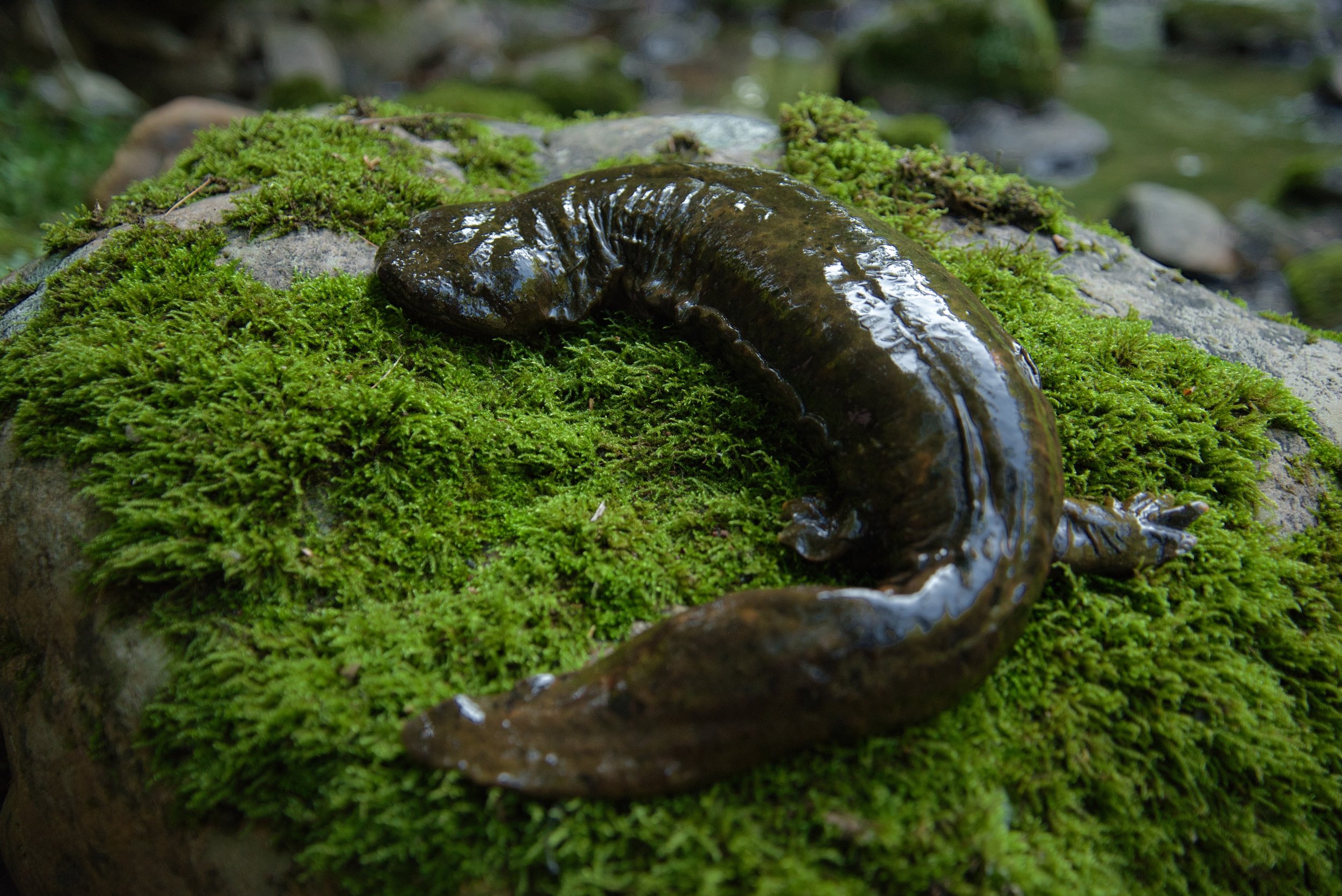
Hellbenders & Helene
Hellbender. Sounds like something out of a horror movie, right? With a flat head, tiny eyes, wide mouth, and long wrinkly body, hellbenders are certainly misunderstood and undervalued for the marvelous critters that they are–a unique regional treasure and an indicator species to overall ecological health.
Post Hurricane Helene and its devastating impact on southwest Virginia that began in late September of last year, people have been more curious than ever about what hellbenders are and how these animals are doing in the wake of such an unprecedented natural disaster.
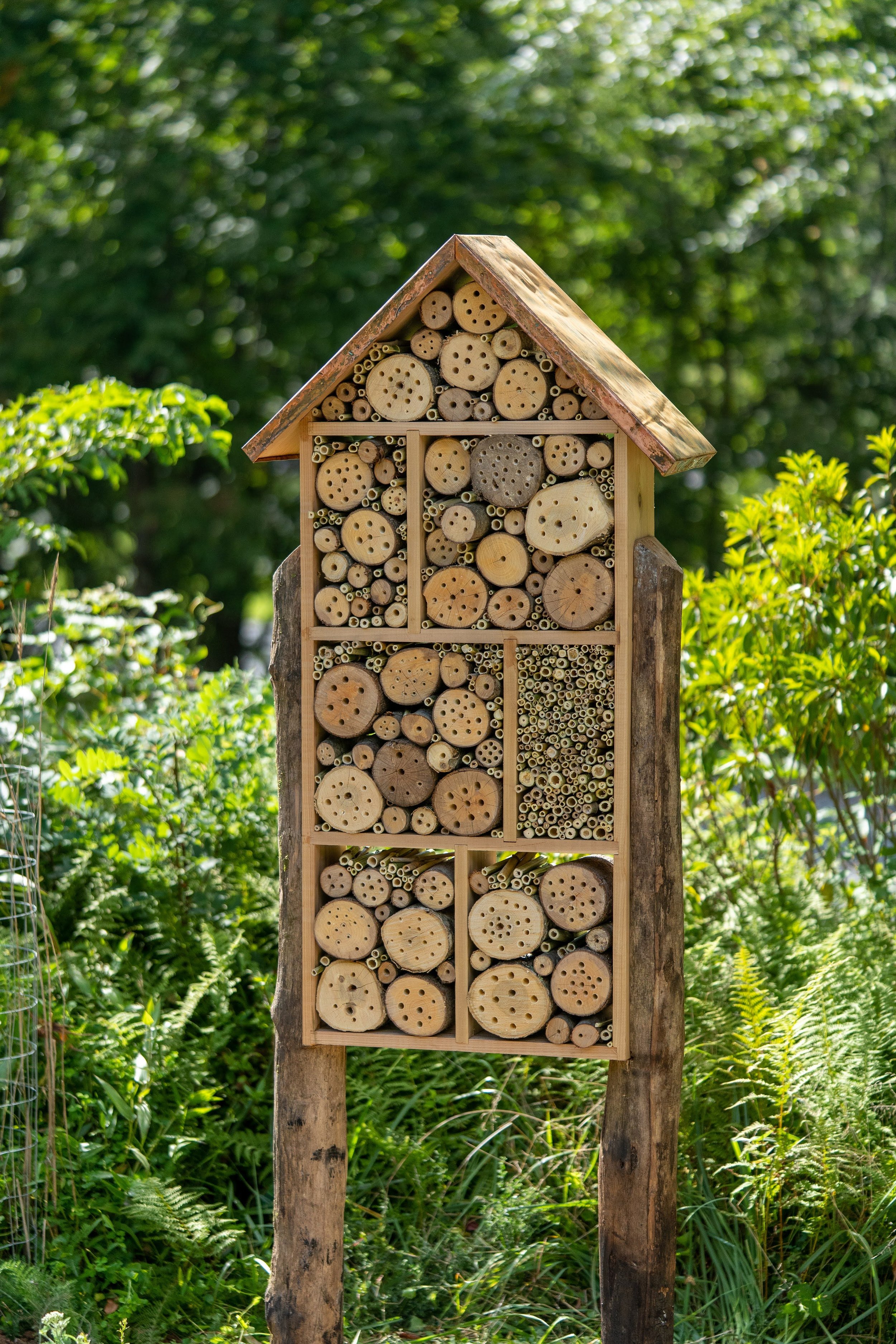
Build a Bee Hotel for World Bee Day
In honor of World Bee Day, we’re cleaning up our native bee home here at Blue Ridge Discovery Center! One way we can support native bees is by building a “bee hotel”. These structures supply plenty of nesting opportunities to a few of the local bees. Adding a bee hotel to your garden is a great way to interact with some of these native species, and it can be an attractive feature to showcase local biodiversity.

Wildlife Photography: Capturing Nature without Disruption
The art of photography an incredibly powerful and important tool for the conservation of biodiversity and education about the natural world—and the amazing thing is that anyone can do it. In this article we’ll discuss how to take great photos of wildlife with just your smartphone as well as give you beginner tips on how to use DSLR cameras and what types of lenses are best for wildlife photography.

Butcher Birds: The Loggerhead Shrike
When someone says the name “butcher bird,” what comes to mind? Do you think of a raptor with a hooked beak and strong talons to shred their prey apart? Or maybe an eagle with a chef’s hat, holding a butcher knife? Whatever does come to mind, it likely isn’t a songbird. But that’s exactly what the butcher bird is! Let me introduce you to the most deadly passerine in Virginia, the loggerhead shrike, A.K.A the butcher bird!
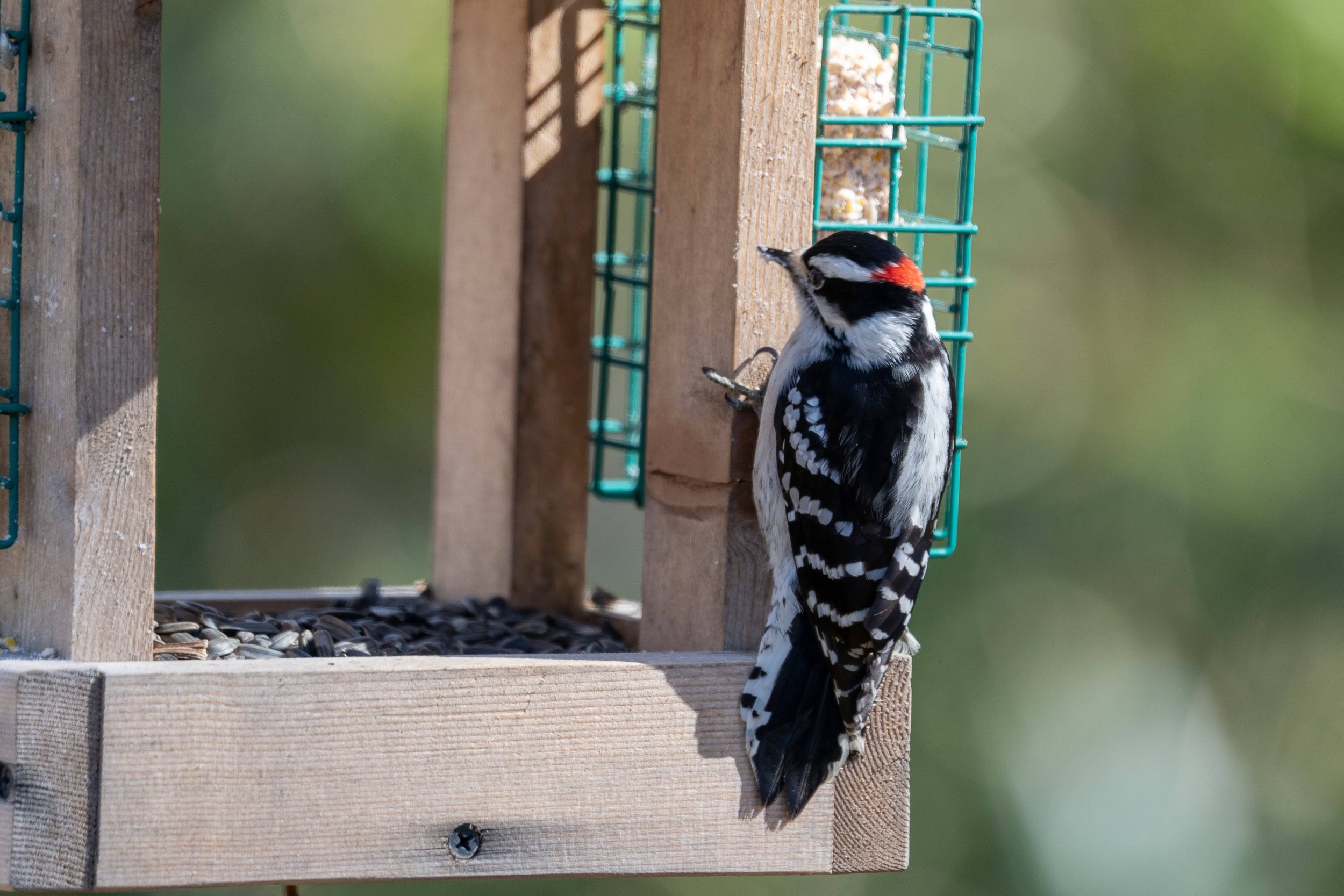
Native Woodpeckers of the Blue Ridge Mountains
Who’s that knocking on your door? Who else but your friendly, neighborhood native woodpeckers! Here in the Blue Ridge Mountains, we’re lucky to have six native woodpecker species. And while they may all have their own unique features, they do share some common characteristics. Have you seen them all?
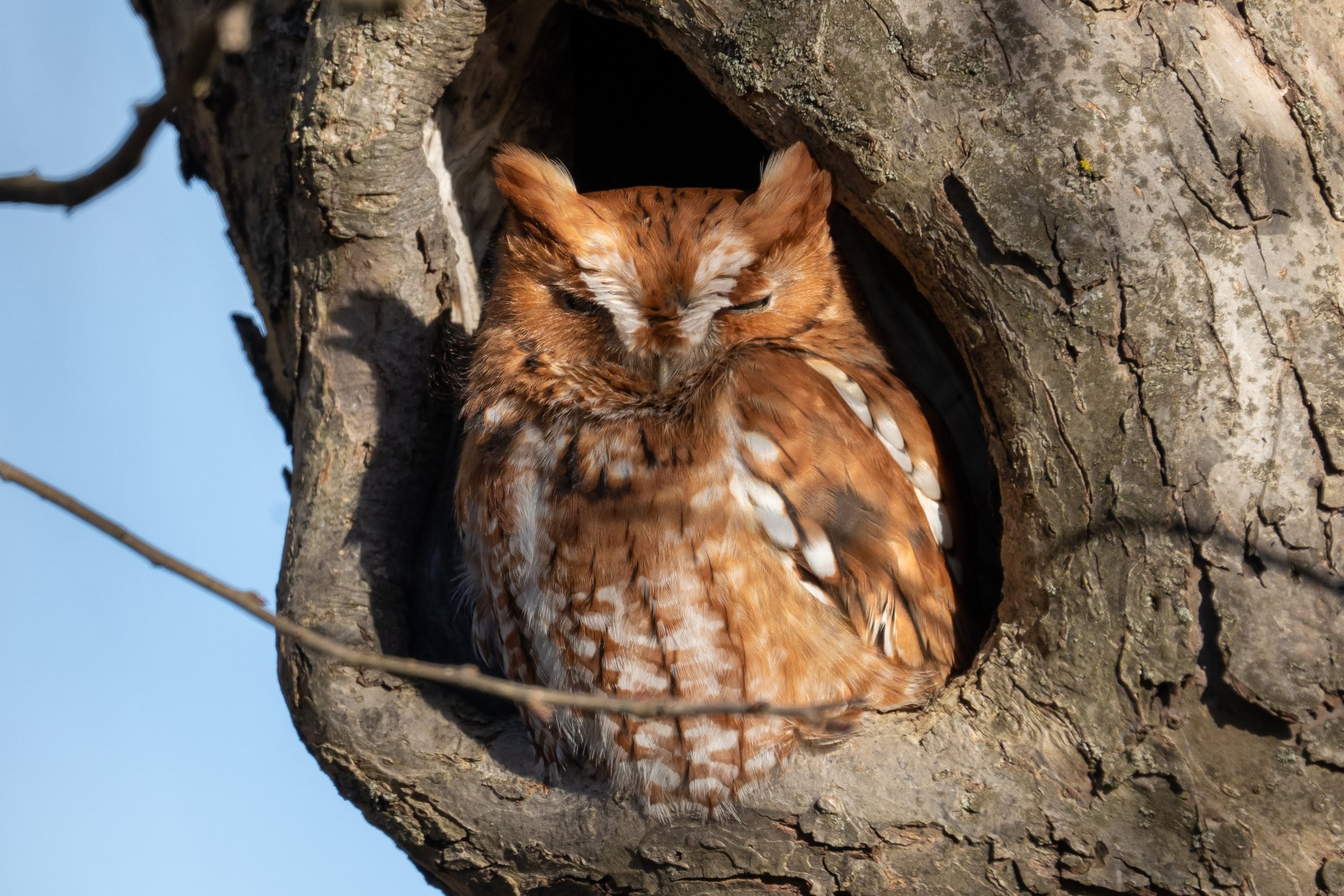
Hootin' in the Holler: Owls of the Blue Ridge
In the Blue Ridge mountains, one silent assassin reigns above all as the king of the night. Can you guess whoooooo?
The owl, of course! Old folklore associations marked owls as creatures of witchcraft and omen, and kinder modern stories characterize them as having great wisdom.
Either way, the impression they’ve left observant humans with for centuries is one of great cunning. Fitting, as owls are some of the most skilled predators in the Blue Ridge. Keep reading for a primer on our native owls!

Little Drummer Boy: The Ruffed Grouse
Ever been in the woods and heard someone trying to start a car? More likely it was just a male ruffed grouse “drumming” by beating its wings back and forth very quickly.

Birding at Burkes Garden
Last weekend, the Blue Ridge Birders and friends traveled to beautiful Burkes Garden looking for raptors and other winter resident birds.

Frozen Frogs: The Wood Frog's Unique Defense Against Winter Conditions
Arctic blast with its sub-freezing temperatures got you worried about all these critters in our lovely Blue Ridge mountains? You shouldn’t be! Many species have adaptations to help them survive winter conditions, but wood frogs have an especially incredible and effective method of surviving freezing temperatures—they freeze solid!
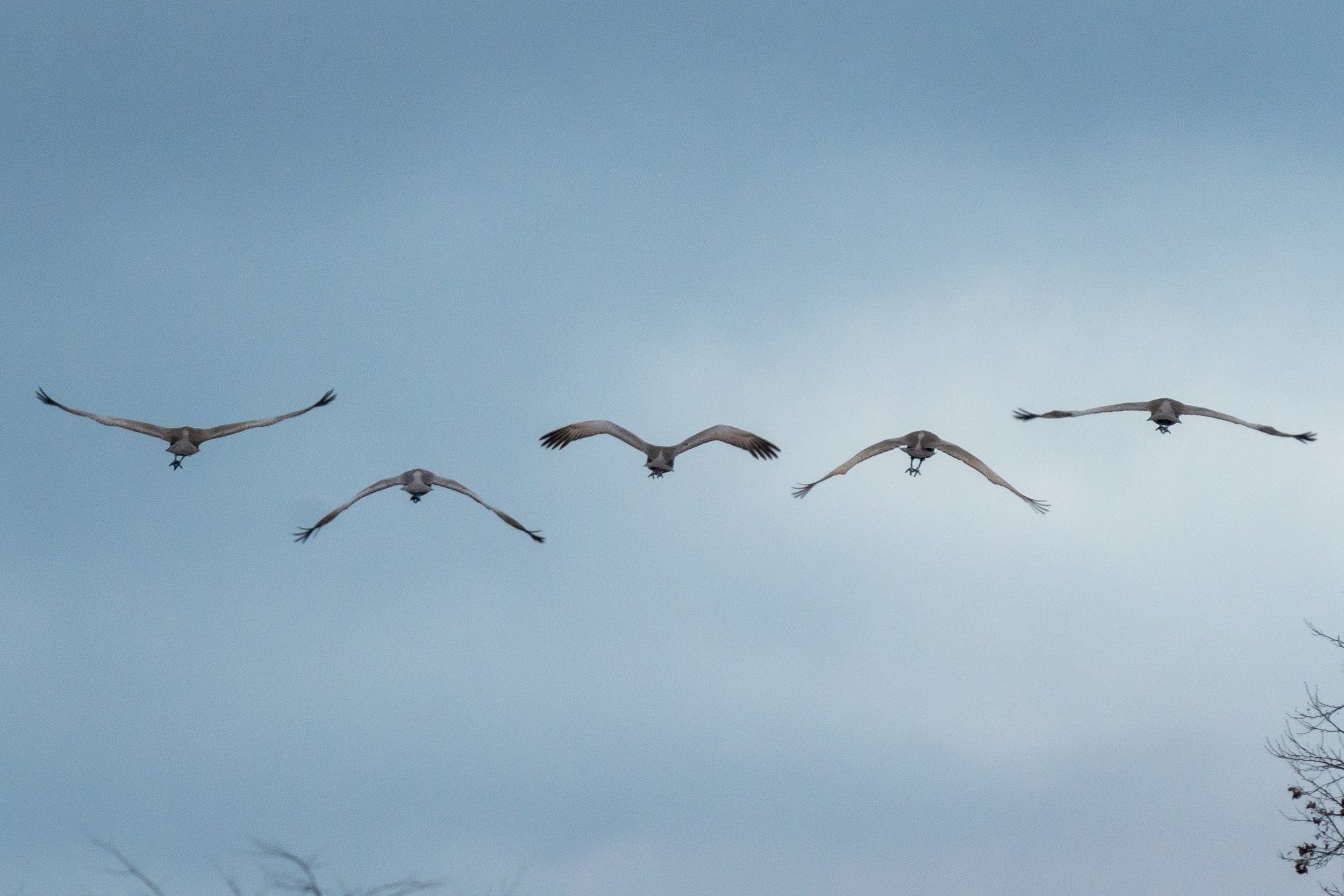
All it's Clocked Up to Be: Circadian Rhythms
Have you noticed that the days are getting shorter? You’re not the only one! We’re a little under two weeks away from the winter solstice, and subtle seasonal shifts like cooler temperatures and shorter days affect plants and animals (including humans!) in significant ways. Keep reading to learn about circadian rhythms and how animal and plant behavior changes throughout the year!

Mysteries Afoot: Identifying Appalachian Animal Tracks
Animal tracks are an interesting tool for anyone with a keen eye who wants to learn more about the habits and behaviors of our animal neighbors.
Plunging into the World of Freshwater Fishes
Last Saturday, 8 intrepid explorers joined BRDC staff on a snorkeling program at Straight Branch, a tributary of the South Fork of the Holston. Fortunately, we thought to bring an underwater camera this trip to share some of the experience.
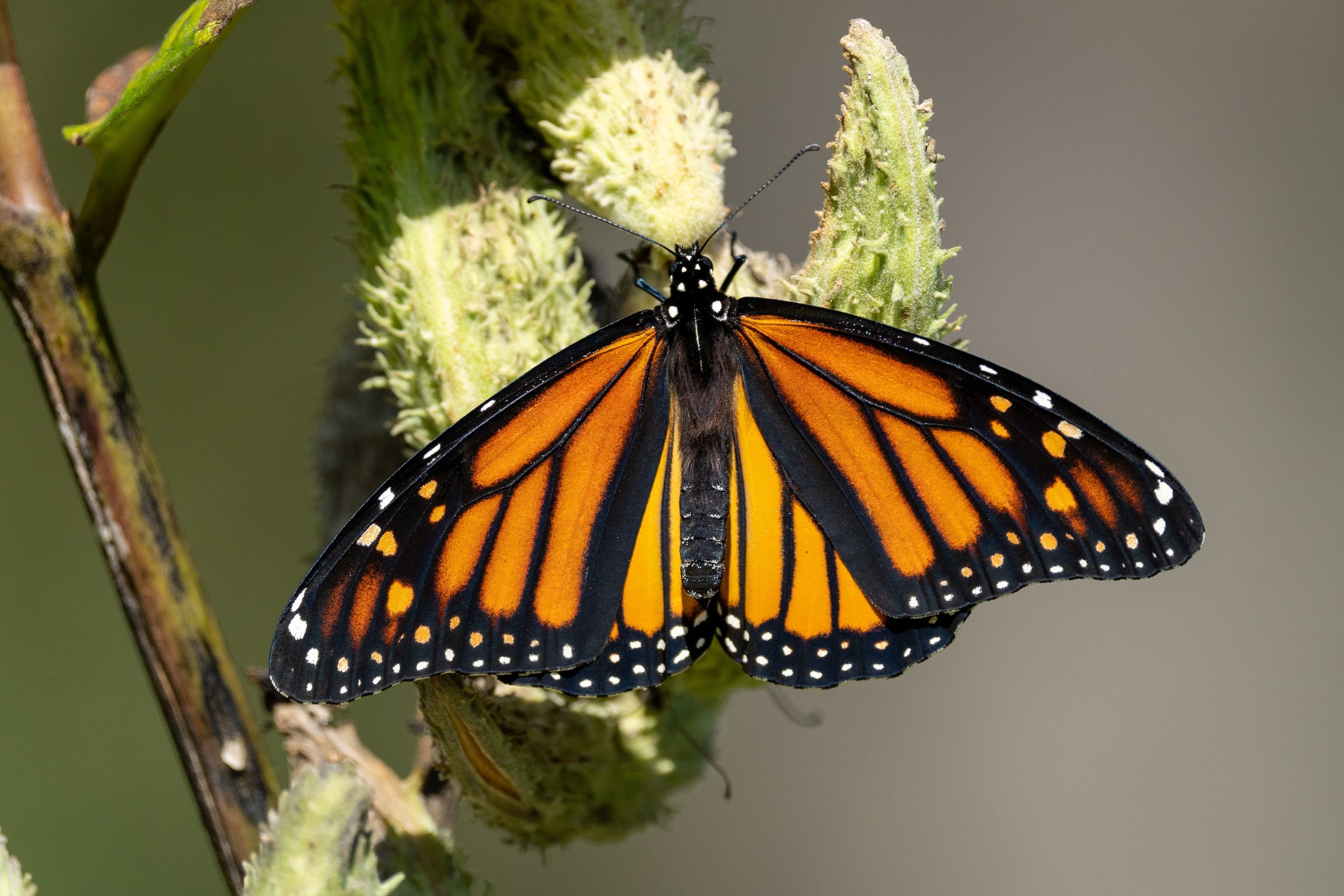
The Great Monarch Migration
Monarch tagging at our latitude begins August 29! They are about to embark on an incredible journey
Happy Bee-lated World Bee Day
World Bee Day was May 20th, a day to appreciate bees for the enormous role they play as pollinators.
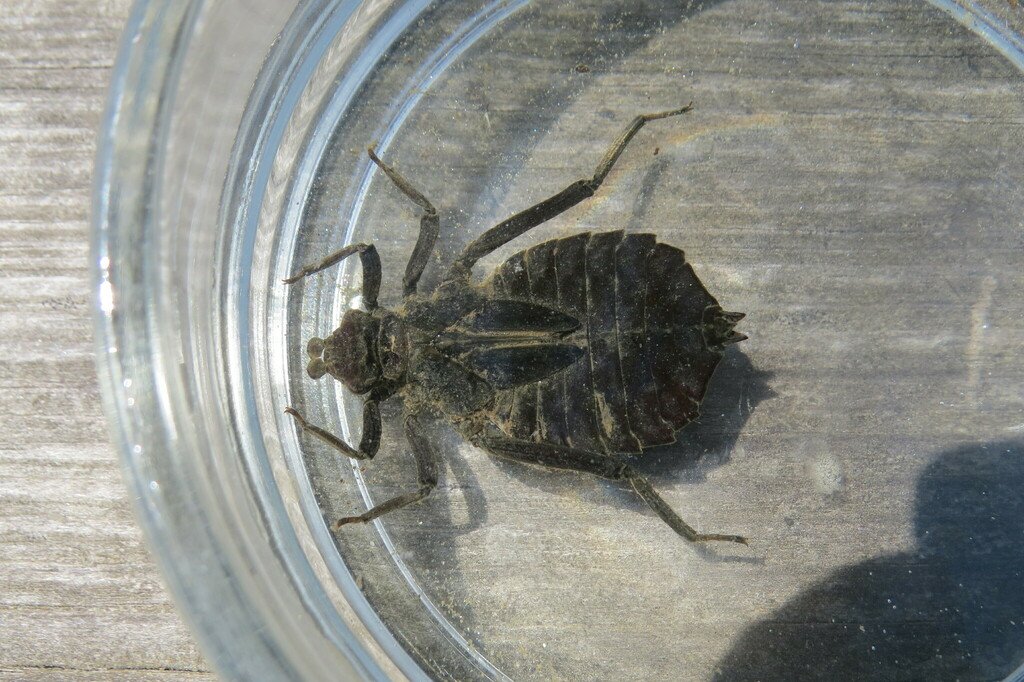
Recent Sightings of the Blue Ridge
Are you ready for the Naturalist Rally? Read about some of the recent finds during our programs around the Blue Ridge Discovery Center and beyond, and learn how to improve your chances of seeing some fascinating species before a weekend immersed in the Appalachian spring.
Fifteen Fun Native Fish Facts!
Summer Fly Fishing Camp is back! Join us August 6-10 for a week of tying, casting, and catching! To celebrate the return of this beloved BRDC camp, here’s fifteen fun fish facts.
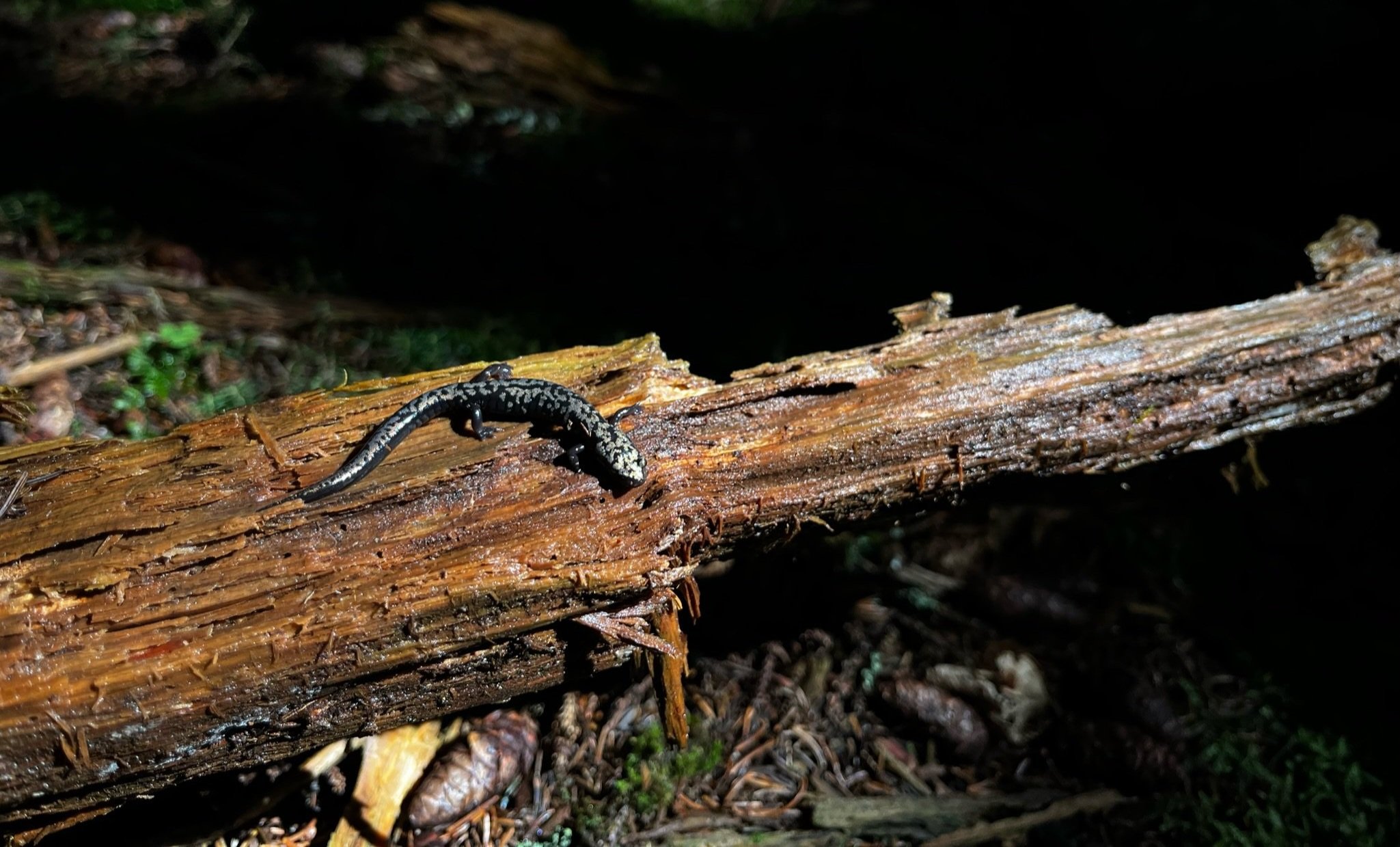
Spring Salamander Migration
As February draws to a close, the first warm spring rains nurture a tiny, threatened ecosystem nestled in the forest floor: vernal pools!
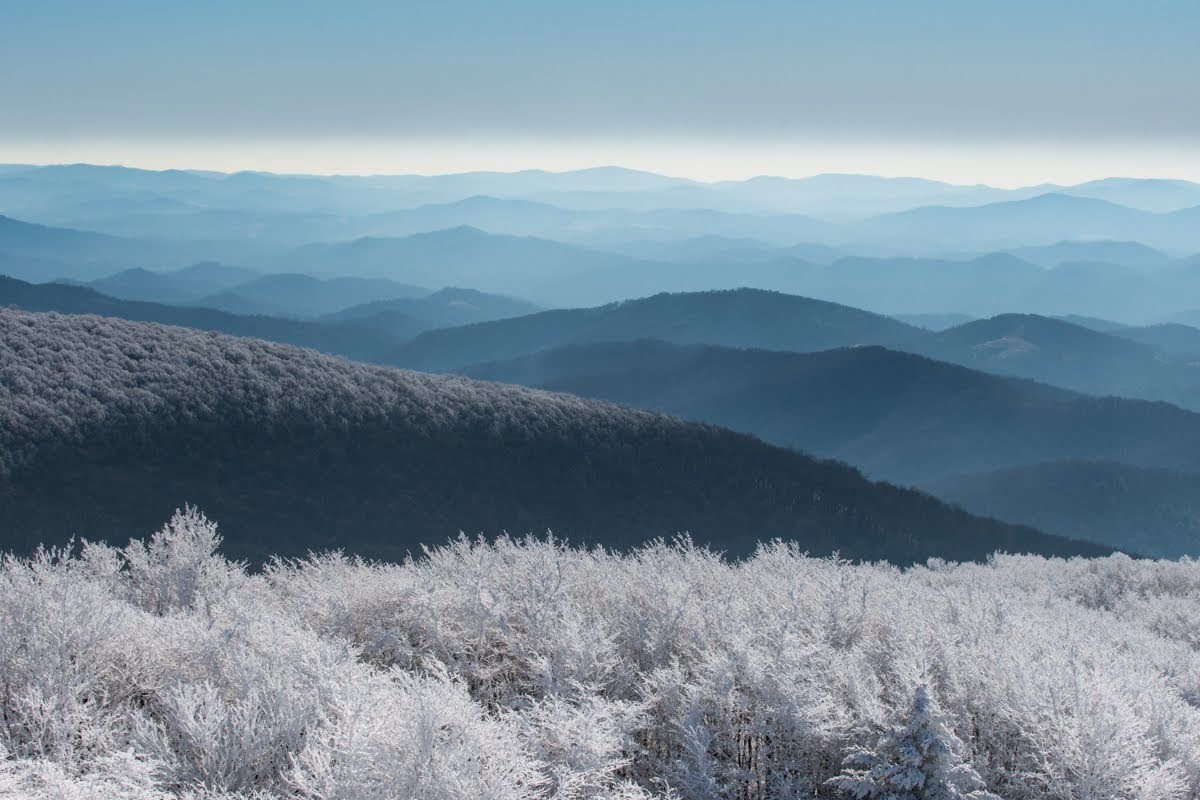
Wildlife Preparing for Winter: Reptiles
Snakes, lizards, and turtles all call the Blue Ridge Mountains home, but these animals are rarely seen in the cold. So, where do reptiles go during winter?

Pre-Order Your Fall Naturalist Rally T-Shirt!
Our Mount Rogers Fall Naturalist Rally is a little over a month away and we could not be more excited! We have opened pre-orders for the limited edition Fall Naturalist Rally t-shirt.